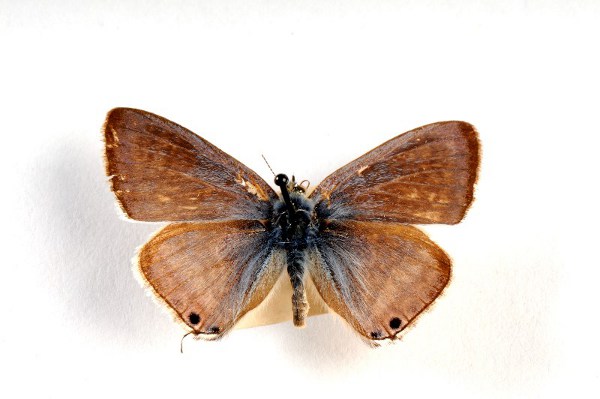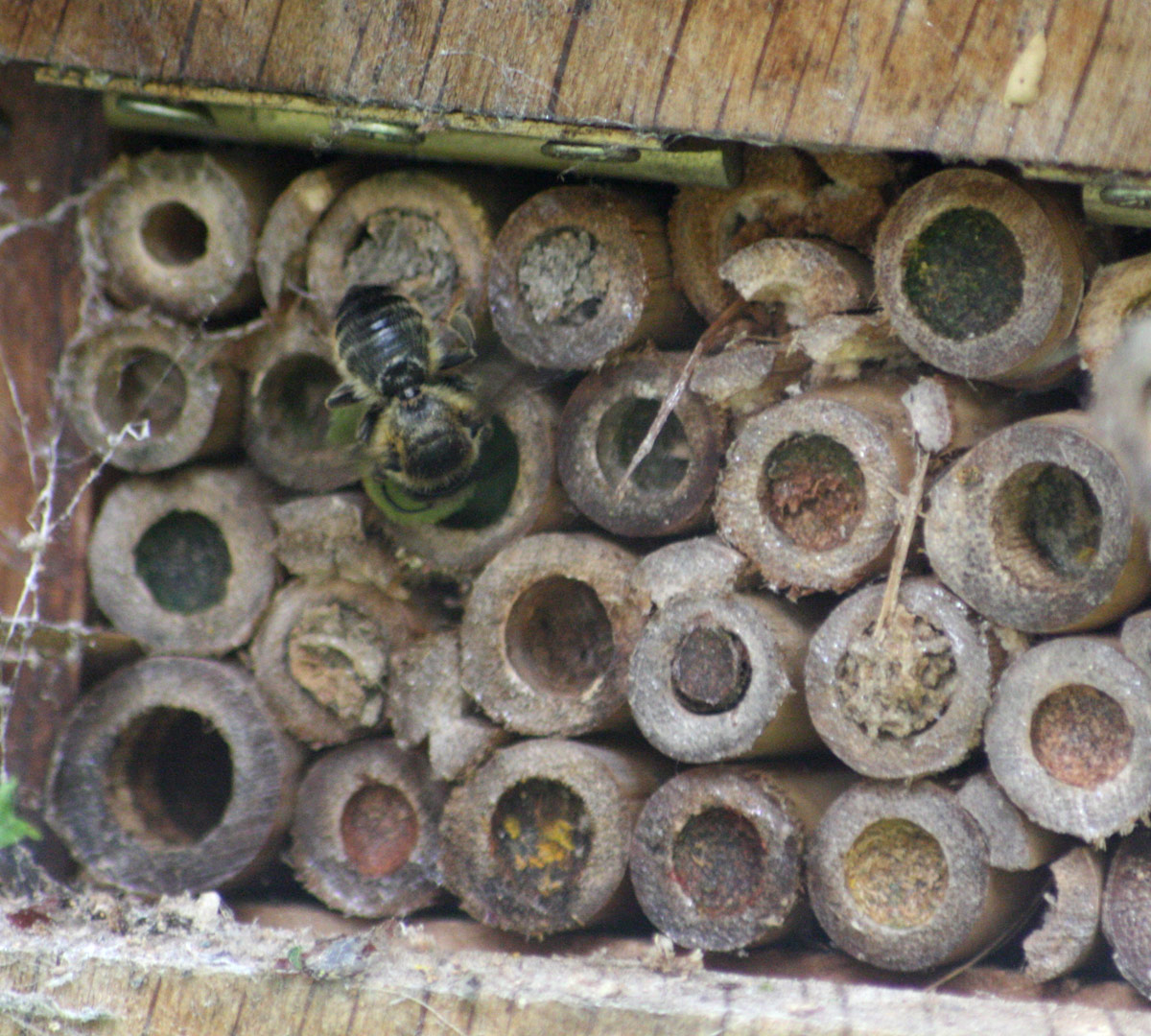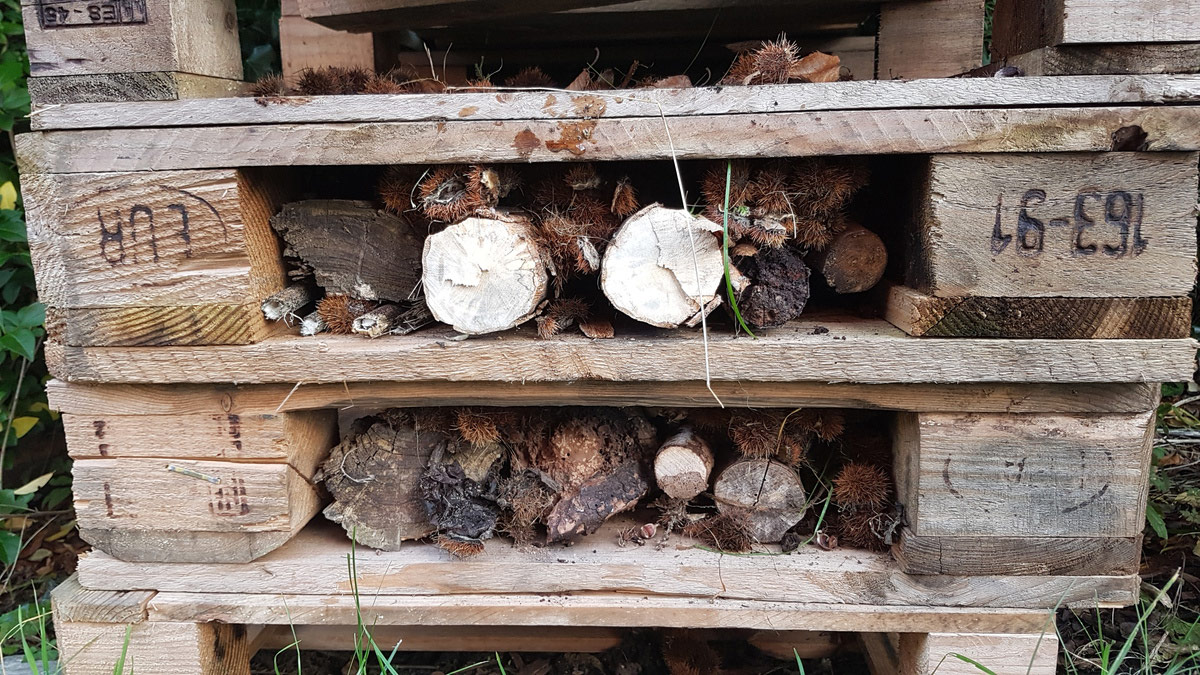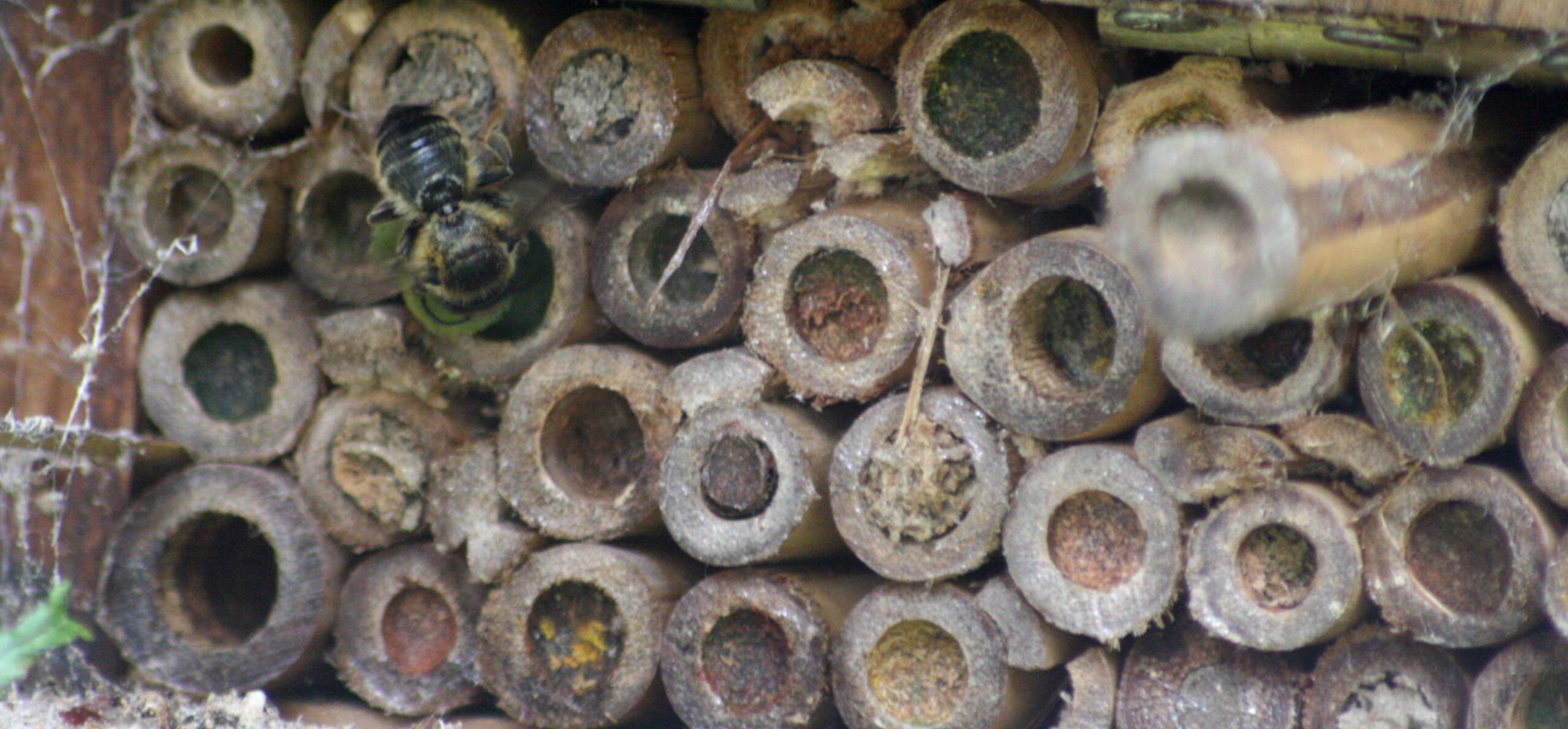For many people with gardens, watching animals big and small, from birds to bugs, has been a huge joy throughout the last year, when we have all been stuck at home because of the pandemic.
Below, join Julian from the Reading Museum team as he explains how you can turn your garden into a haven for wildlife, and create a space in which insect life can thrive.
The joys of nature
Anyone who has sat watching birds or squirrels out in a garden will know of the interest and joy they can provide through their comings and goings.
However, as nature loses valuable spaces to an encroaching human world, gardens are becoming more and more important as havens in which wildlife can live.
We hear the word ecosystem a lot nowadays. The first part of that word comes from 'οἶκος' (oikos), an ancient Greek word meaning 'house' or 'home'.
A place to live, a home, is precisely what every tiny creature needs. And below, I'll show you some very simple ways for creating that kind of environment in your own garden.

Humans have always enjoyed watching the natural world. This painting by Ernest Board, 1920, shows a monk in Reading Abbey, taking a moment to enjoy the garden. REDMG : 1931.276.1
One way that you could encourage a thriving ecosystem is to build in your garden an insect house.
And no, this doesn't need to be like a literal house! It can be even as simple as a pile of logs in a nice shady spot.
The gaps between the logs, the spaces beneath the bark and indeed the very inside of the logs, once rotting, provide the perfect environment in which insects can hide, live and hunt.

Creating environments for insects can invite many different creatures into your garden. This is an example of a rare butterfly in the collection, a long-tailed blue butterfly, found by a professor at Uni of Reading. REDMG : 2004.19.350
Making improvements
If you wanted to improve on a simple log pile, you could also add into the mix things like hollow plant stems (such as sunflowers), corrugated cardboard, old bean poles, or a piece of wood with different sized holes drilled into it.
The different sizes will offer a variety of insects a place to hide or lay their eggs. The egg laying will happen during the warmer months: leaf cutter bees will seal up their eggs with tiny bits of leaf, mason bees will bring back mud to close up their egg chamber, creating a lovely mosaic of brown and green stoppers.
In springtime, the eggs will hatch out, the bees fly away, and then the next generation may use the holes.
Here is what the bee houses look like in my own garden!

These solitary bee houses are in my garden. Notice the mosaic of different colours!
Alternative ecosystems
An alternative ecosystem could be created by digging a hole in the earth and filling this with damp logs before covering it over with your log pile.
The wood rotting away beneath the earth will make a good home for stag beetles, whose larvae may live in the wood for up to seven years before changing into adults!#
Another thing that you could do is make a high-rise insect house, by stacking some pallets on top of each other and then filling them up with logs, stems, bamboo poles, dried leaves, cardboard tubes – anything fairly dry is perfect.
One word of warning: some pallets, mostly those used for international trade, have been treated with Methyl Bromide, which is a fairly nasty chemical that will kill insects. These pallets are generally stamped ‘MB’, so do be careful to avoid these.

These pallets don't have 'MB' markings, which would indicate the presence of a chemical that's very harmful for insects.
You might like to build a roof over the top of your pallet house, perhaps with some old tiles or slats of wood. It doesn’t have to be absolutely waterproof, just keep the worst of the rain off.
Once done, simply sit back and wait for your guests to arrive!
Thank you for reading! If you're interested in learning more about wildlife, find out more on the pages below, or take a look at the books about natural history in our online shop!





